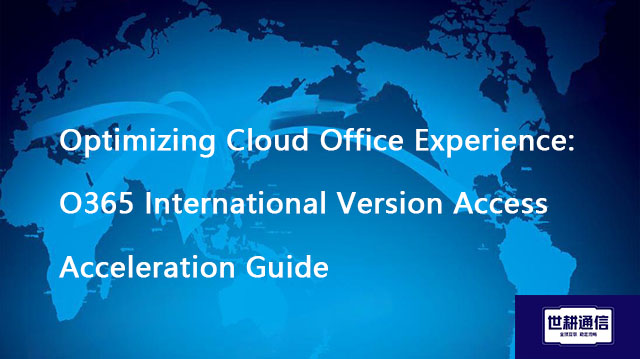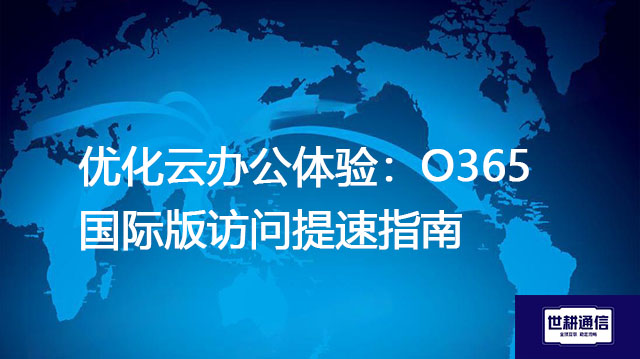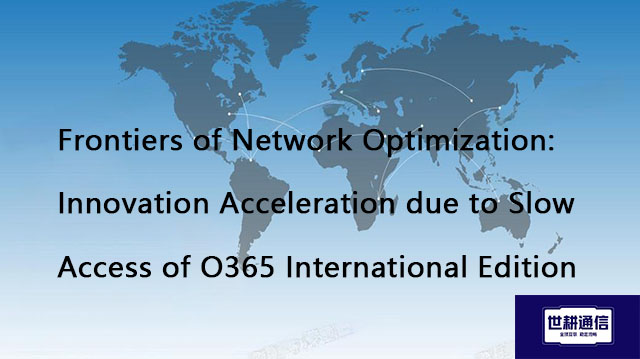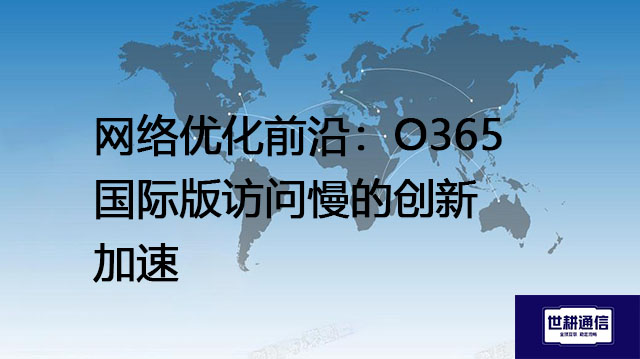Practical Experience of Australian Enterprises' Overseas Operations Data Transmission back to China//Global IPLC service provider of Shigeng Communication
一、Against the backdrop of deepening economic and trade cooperation between China and Australia, an increasing number of Chinese enterprises operating in Australia are facing the demand for efficient and compliant transmission of business data back to the domestic market. Whether it is real-time ownership delivery in asset disposal, cross-border equipment tracking, or financial and tax compliance in daily operations, data migration has become a key capability for global operations of enterprises. This article is based on real cases and technical practices, systematically sorting out solutions and avoidance guidelines for data migration.
1. Why is data migration necessary? Core scenario analysis
Asset disposal and cross-border transactions
Case study inspiration: When disposing of three farms in Australia (covering a total area of 6786 hectares), Chongqing Iron and Steel Group needs to synchronize asset status, bidding dynamics, and capital flow in real time to its domestic headquarters. The final transaction was listed in foreign currency on the Chongqing Stock Exchange and settled through overseas accounts, and the activation of AUD 16.35 million assets relied on the full chain data penetration capability.
Typical requirements: Qualification review of competing buyers, synchronization of cross-border payment vouchers, and compliance verification of property rights delivery documents.
Equipment migration and supply chain tracking
Technical benchmark: Townley Group used RFID tags and AssetTrace platform to achieve full data transmission during the migration of the entire gold processing plant (790 containers, total weight 7900 tons) from Australia to Argentina. The tag sends the device location and status every 1.5 seconds, and transmits it back to the headquarters through satellite/GPRS with an error rate of less than 0.1%.
Value point: Avoiding the lag of traditional barcode manual entry and reducing the risk of cross-border asset loss.
Daily operations and financial and tax compliance
Regulatory necessity: Australian companies with annual sales exceeding AUD 75000 (approximately RMB 350000) are required to register a GST tax number and declare transaction data to the Australian Taxation Office (ATO). Failure to register in compliance or delay in reporting will result in a maximum fine of AUD 210000 per instance.
2. Technical Implementation: Four Mainstream Solutions and Selection Suggestions
Internet of Things (IoT) Dynamic Tracking Solution
Tag selection: Wavetrend L-TG800-IH (433MHz frequency band, 5-year battery life, 25 meter effective recognition);
Reading terminal: Logic Workabout Pro G2 handheld device (integrated GPS/GSM module);
Platform architecture: AssetTrace Mobile (supports offline caching and automatic synchronization after network recovery).
Applicable scenarios: Cross border migration of heavy equipment and high-value goods.
Practical configuration:
Blockchain certification and cross-border payments
Case reference: In the transaction of Chongqing Iron and Steel Farm, the Chongqing Stock Exchange achieved automatic transfer of margin and price through overseas bank special accounts and smart contracts, reducing the delay of fund arrival to within 72 hours.
Cloud edge collaborative architecture
Low cost solution: Edge nodes (such as AWS Snowball) preprocess data locally in Australia, compress and encrypt it, and transmit it back to domestic cloud platforms (such as Alibaba Cloud Financial Compliance Zone), reducing bandwidth costs by 60%.
3. Compliance minefield: Key focus of cross-border data supervision between China and Australia
Compliance requirements on the Australian side
The Consumer Data Rights Law (CDR) requires financial and energy companies to obtain clear authorization when sharing user data;
GST declaration standard: Non resident enterprises need to choose standard GST registration (non simplified version) to offset import value-added tax.
China's Compliance Framework
Data export security assessment: Annual transmission of personal information of more than 10000 people or business data of more than 100 million people requires declaration and supervision;
Case adaptation: Due to the lack of personal information in the transaction data of Chongqing Iron and Steel Farm, the general data export channel is used; And e-commerce user data needs to be declared and evaluated.
Dual filing strategy:
Registering ABN (Business Number) in Australia for customs clearance and tax deduction purposes;
Simultaneously submit a self-assessment report on data export to the provincial-level Cyberspace Administration of China.
4. Financial and tax data return: from GST to domestic accounting system
Key action: ABN number customs clearance deduction for import GST → quarterly (Q1-Q4 fiscal year cycle) declaration → synchronized to UFIDA/Kingdee to generate vouchers.
Credit optimization techniques
Registration standard GST (non simplified version) allows enterprises to apply for import value-added tax refunds, reducing customs clearance costs;
Use ABN number for invoicing to avoid 47% withholding tax.
5. Practical Roadmap: Four Steps to Build Data Retrieval Capability
Scene classification
Level 1 (Emergency): Equipment coordinates, payment receipts, GST declaration form;
Level 2 (Sensitive): User information, biopharmaceutical data (refer to the case of China Australia Biopharmaceutical Industry Park).
Technology Deployment
High dynamic data: using RFID+satellite feedback (Townley scheme);
Batch business data: Use cloud edge collaborative compression transmission.
Compliance dual reporting
Australian side: ABR (Business Registry) updates ABN status (change reporting completed within 28 days);
China side: Provincial Cyberspace Administration Security Assessment Filing.
continuous optimization
Quarterly audit of data link latency and compliance gaps;
Refer to the public service platform of China Australia industrial parks (such as Melbourne International Business Park) to reduce collaboration costs.
Ultimate experience: Data migration is not a simple technical transfer, but a triple integration of technical adaptability, compliance penetration, and business synergy.
When the farm assets of Chongqing Iron and Steel flash with numbers on the auction screen, and when Townley's golden equipment can still be tracked in real-time across the mountains of South America - the value of data migration lies in allowing the two ends of the mountain and sea to share the same determination.
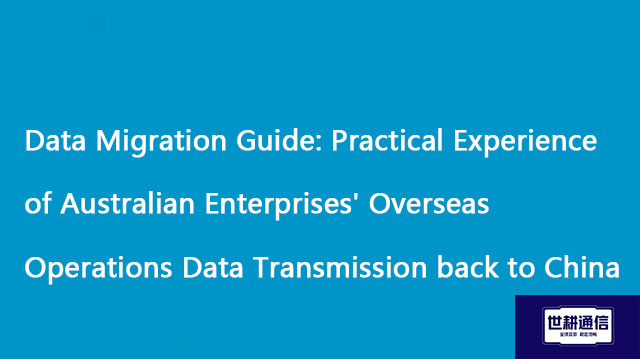
二、Shigeng Communication Global Office Network Products:
The global office network product of Shigeng Communication is a high-quality product developed by the company for Chinese and foreign enterprise customers to access the application data transmission internet of overseas enterprises by making full use of its own network coverage and network management advantages.
Features of Global Application Network Products for Multinational Enterprises:
1. Quickly access global Internet cloud platform resources
2. Stable and low latency global cloud based video conferencing
3. Convenient and fast use of Internet resource sharing cloud platform (OA/ERP/cloud storage and other applications
Product tariff:
Global office network expenses | Monthly rent payment/yuan | Annual payment/yuan | Remarks |
Quality Package 1 | 1000 | 10800 | Free testing experience for 7 days |
Quality Package 2 | 1500 | 14400 | Free testing experience for 7 days |
Dedicated line package | 2400 | 19200 | Free testing experience for 7 days |


